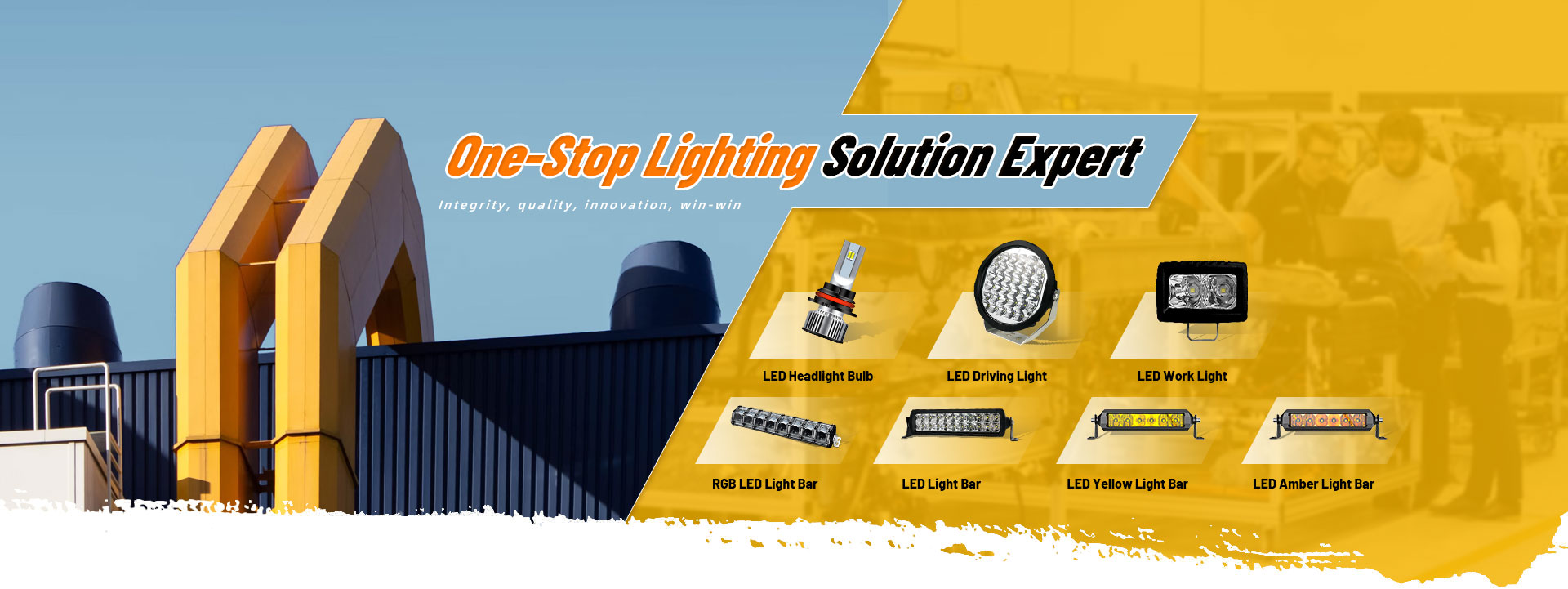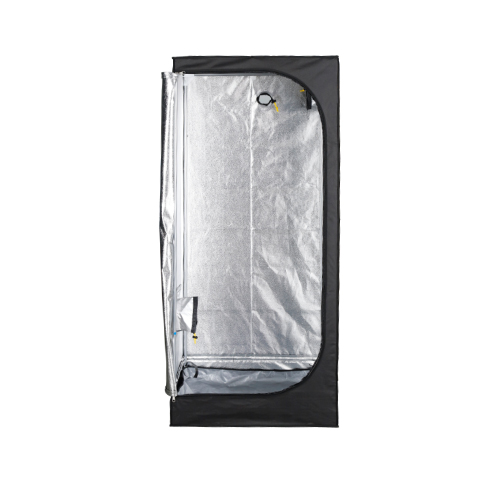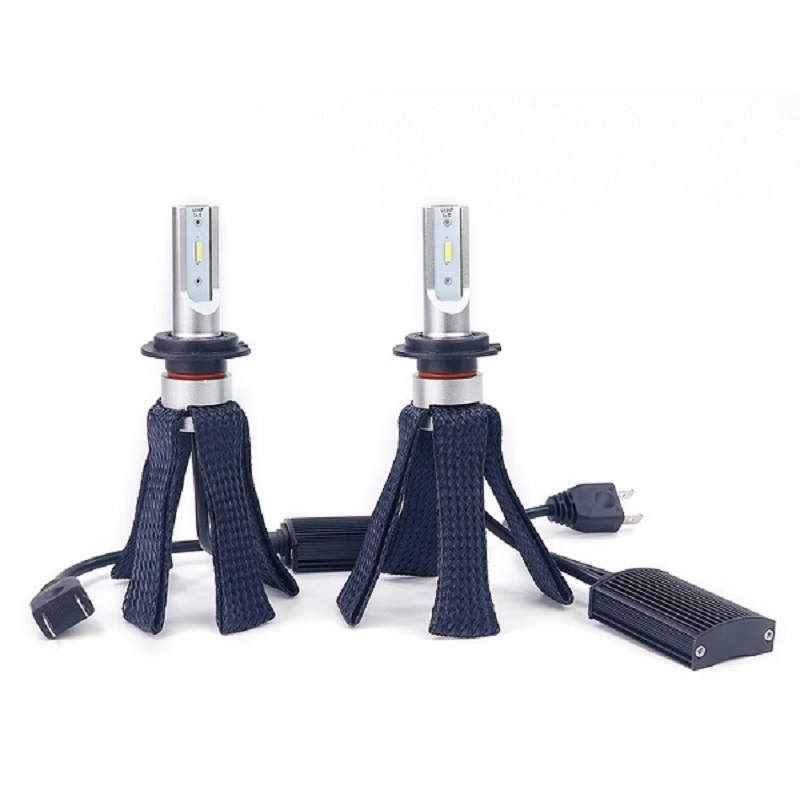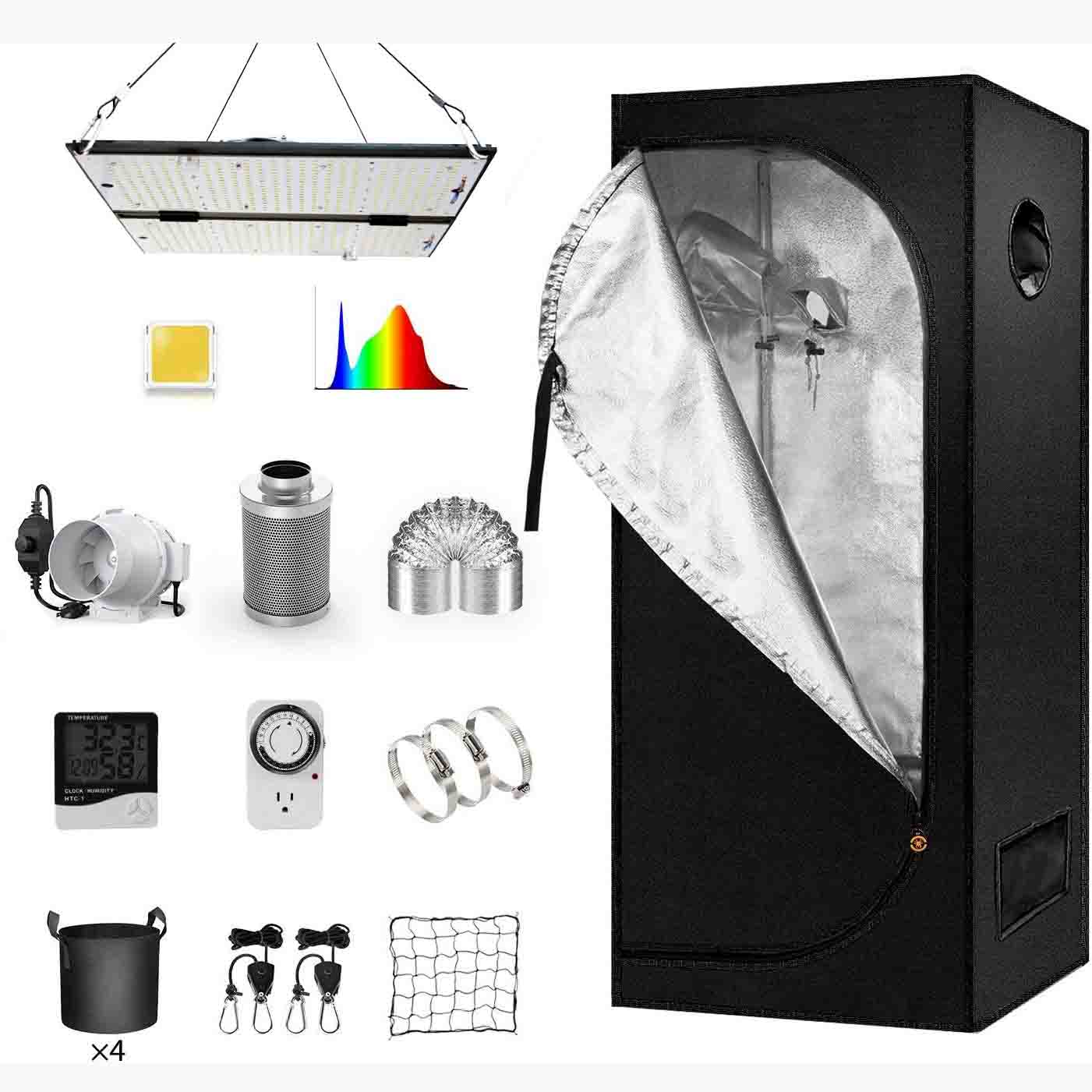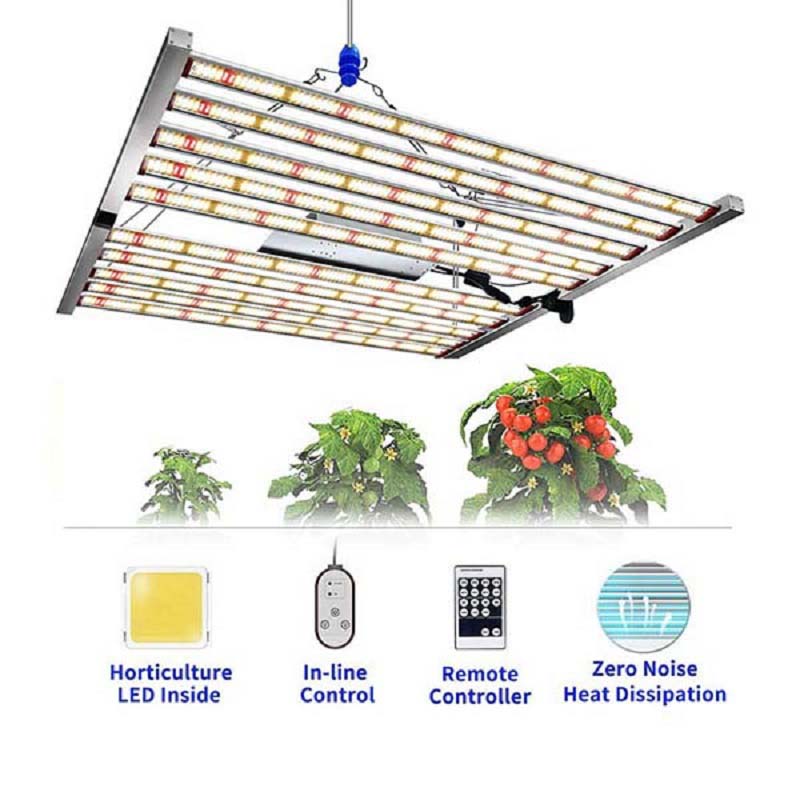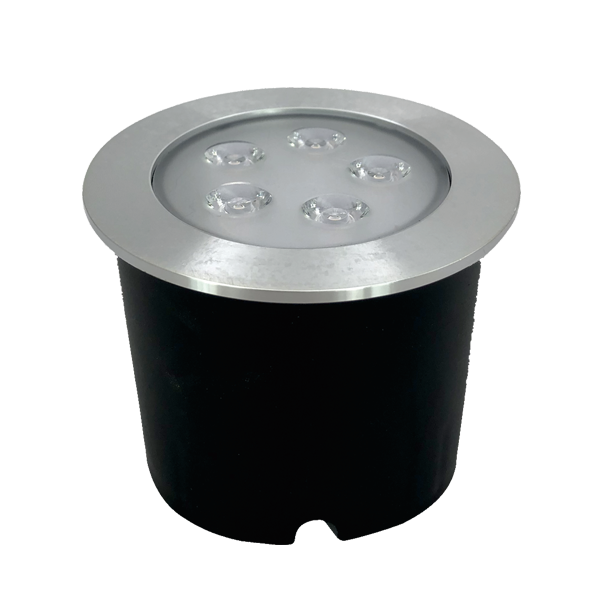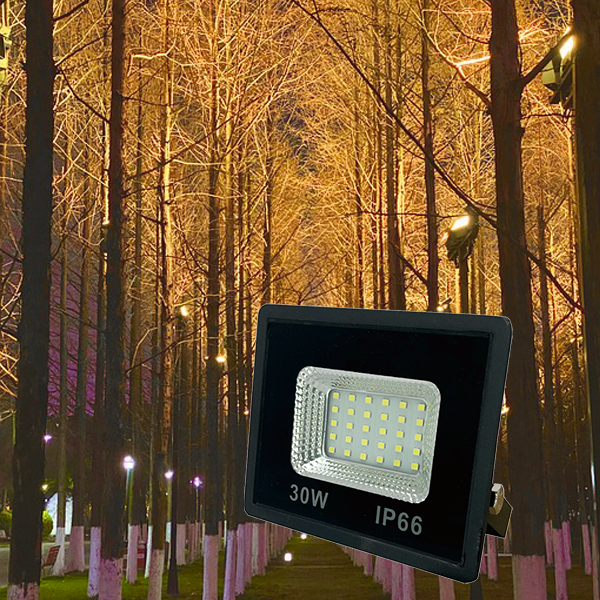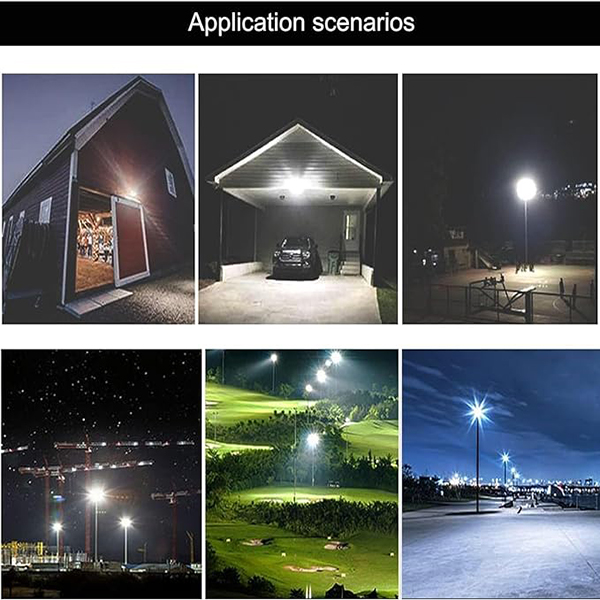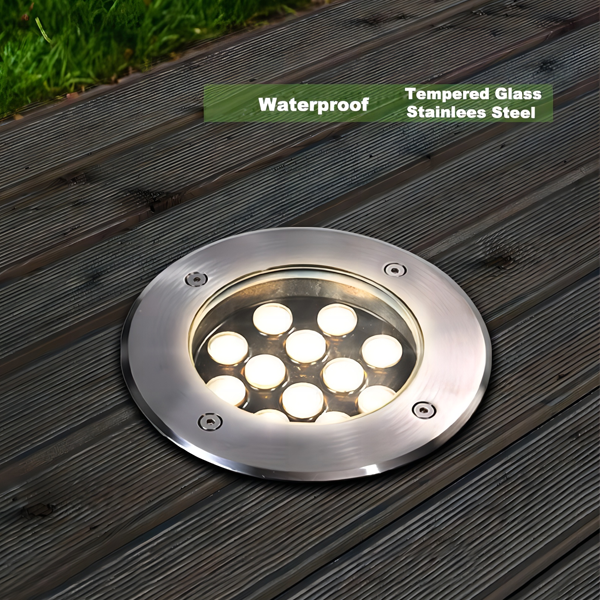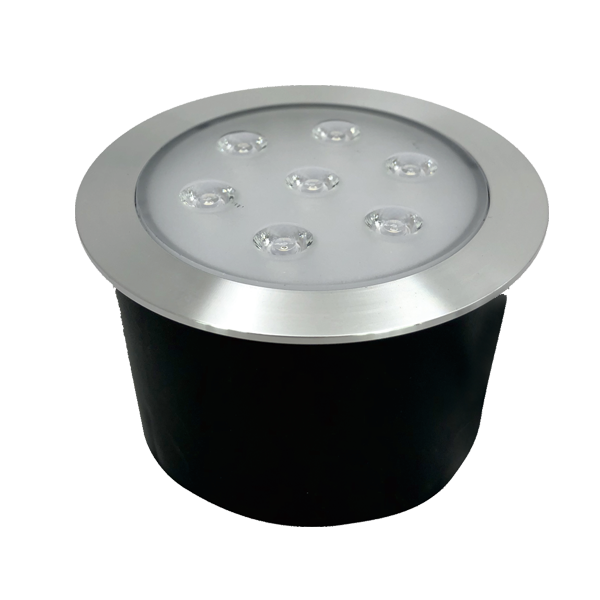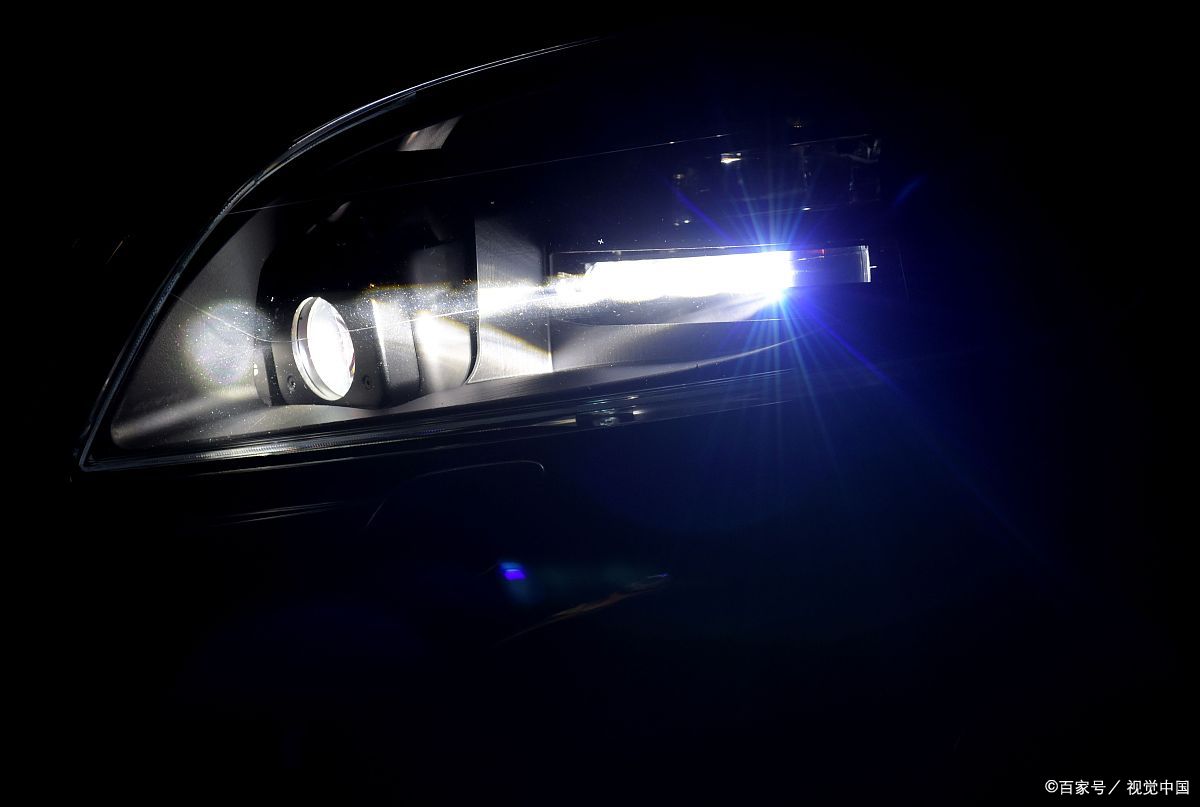LED plant growth light-get the right color spectrum
In this article, I will introduce one of the most important criteria that should be considered when buying an LED grow light, which is the color spectrum. If you don't get the correct light color, no matter how much you spend, the plant will not grow well.
If you want to get new plant growth lights, you should really consider LED lights because they are more energy efficient. This is good for your wallet and the environment. The problem is that choosing the right type of lamp is not easy. The market is flooded with products in various price ranges, and many manufacturers' statements are intended to confuse you.
What is chromatography?
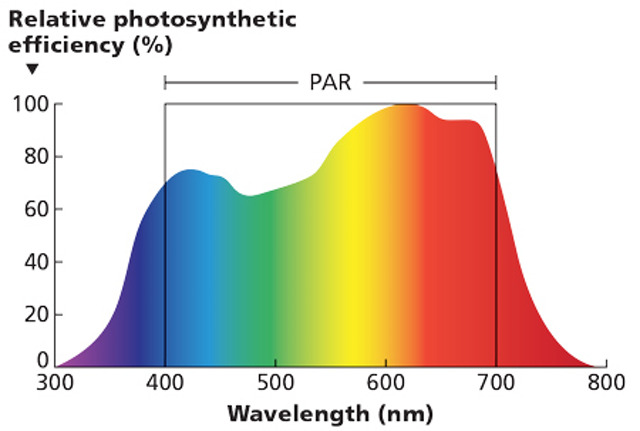
Plants are genetically programmed to use sunlight to grow. We think sunlight is white or yellow-white. This light looks white because it contains all the colors of the rainbow, and when these colors are mixed together, they look white.
The color spectrum is a graphical display of each color in the light.
Scientists use wavelength numbers instead of color names to represent colors, which is a more accurate color measurement method. So the wavelength of red may be 630 or 660. These two colors appear to us to be red, but they are actually different colors.
Plant lights that use fluorescent bulbs call the color of the bulb cool white (more blue) or warm white (more red). This is useful for fluorescent lights, but the name does not apply to LED lights. When it comes to LEDs, it is more accurate to use wavelength to speak and display the actual color spectrum.
The spectrum of the sun
As shown in the picture above, the light from the sun contains all colors. It has more blue light (higher relative intensity) than red.
What color does the plant use?
Plants mainly use light for photosynthesis, which is done through specific chemicals in the leaves. Examples of more important chemicals include chlorophyll A and B. In the absorption spectrum (measure how much light is absorbed), you can clearly see the peaks in the blue and red regions, which means that these colors are used for photosynthesis.
Almost no light is absorbed in the green range.
This leads to the wrong conclusion that plants only need blue and red light.
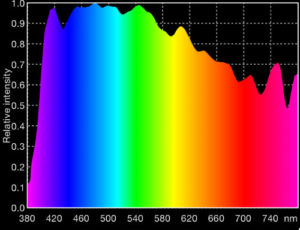
The idea that plants can only grow well under blue and red light is actually a myth. The chromatogram above is a chromatogram of purified chlorophyll in a test tube, and does not show what is happening in plant leaves. Photosynthesis is more complicated and involves other chemicals such as carotene and lutein. The color spectrum of light absorbed by the entire leaf indicates that the plant actually uses a wider range of wavelengths, including green.
Blue and red are indeed important and represent most of the light used by plants, but other colors, including green and yellow, are also used in photosynthesis.
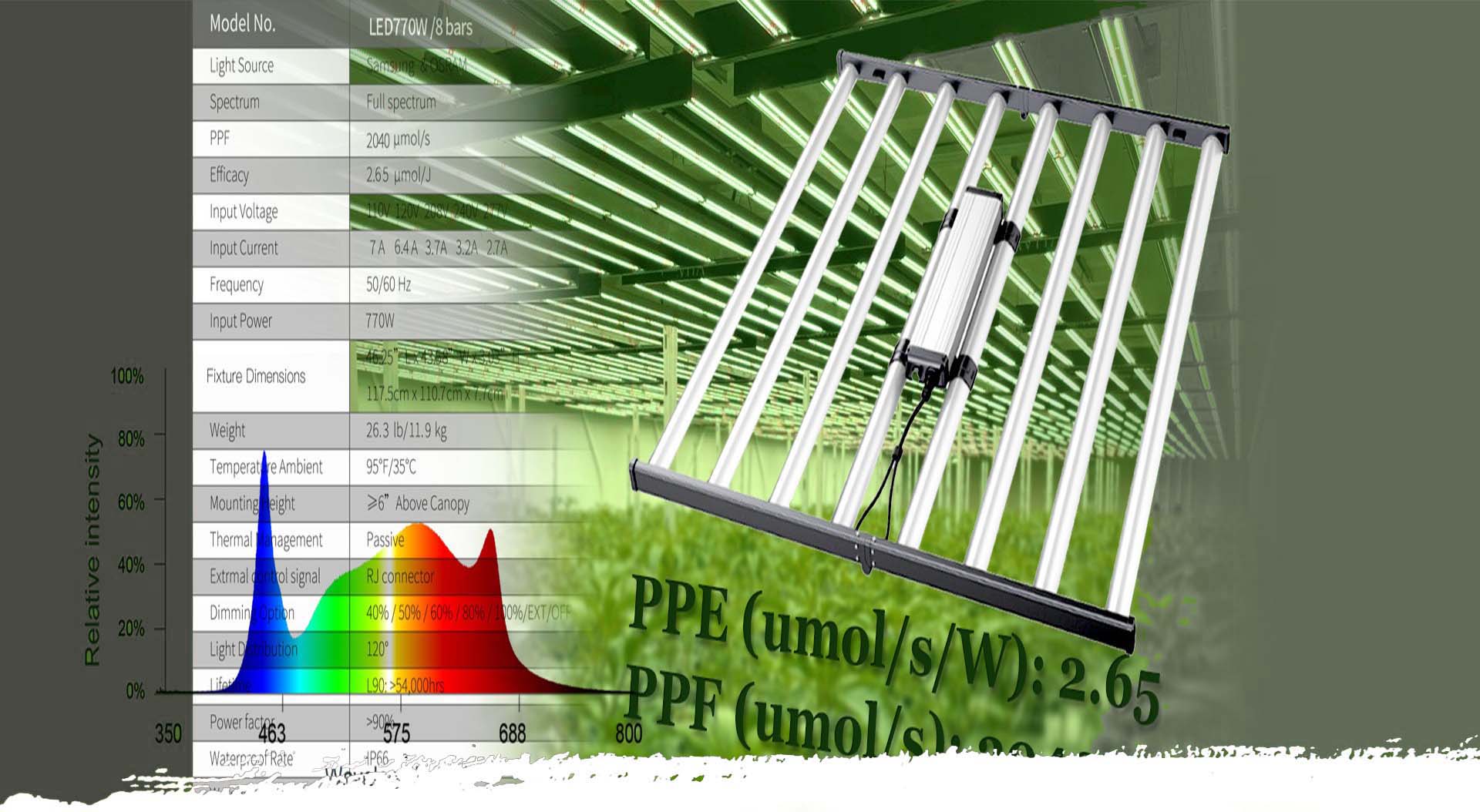 This picture comes from:LED Grow Lights
This picture comes from:LED Grow Lights
Different colors do different things
NASA has done a lot of work on the light used by plants, and they have determined the following points.
Red light (630-660 nm) is essential for stem growth and leaf expansion. This wavelength also regulates flowering, dormancy and seed germination.
Blue light (400-520 nm) needs to be carefully mixed with light in other spectrums, because excessive exposure to light of this wavelength may hinder the growth of certain plant species. Light in the blue range also affects the chlorophyll content of plants and the thickness of leaves.
Green light (500 – 600 nm) penetrates the thick top canopy to support the leaves in the lower canopy.
Far-red light (720 – 740 nm) also penetrates the dense upper canopy to support the growth of leaves located in the lower part of the plant. In addition, exposure to infrared light can reduce the time it takes for plants to bloom. Another benefit of far-red light is that plants exposed to this wavelength tend to produce larger leaves than plants not exposed to this spectrum.

